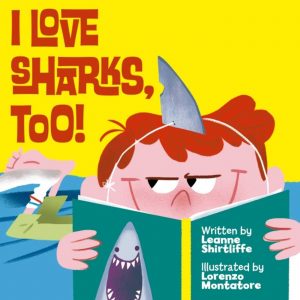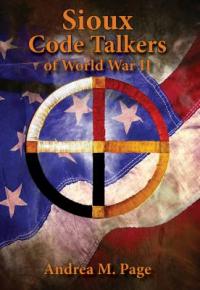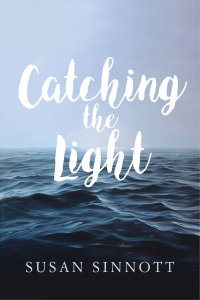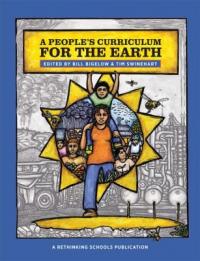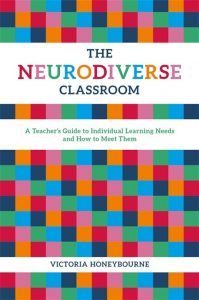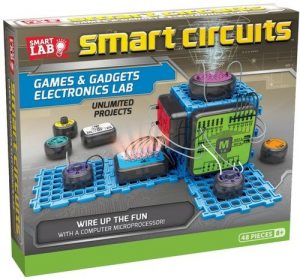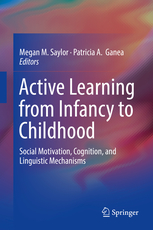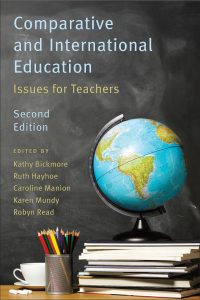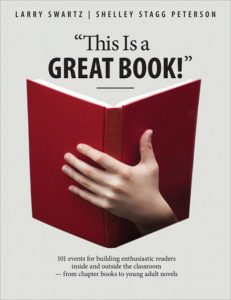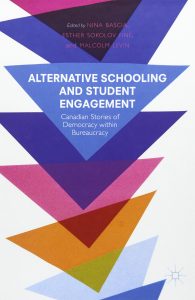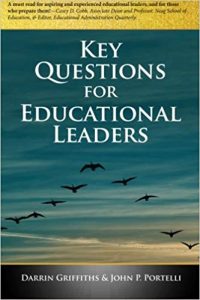Display and post by Maddy Howard, OISE Graduate Student Library Assistant
Writing can be hard, and at times overwhelming. But never fear—OISE Library has plenty of resources to help you navigate the world of Academic Writing and Publishing. Here are just a few resources that can be used both in and out of the classroom, that can help give you the tools you will need to get started on your writing adventures.
The Handbook of Scholarly Writing and Publishing by Tonette S. Rocco, Tim Hatcher and Associates
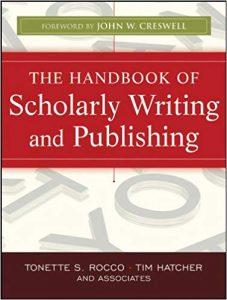 This book offers emerging and experienced professionals alike a comprehensive overview of the essential elements that you need in order to craft scholarly papers and other materials for publishing. Rocco and Hatcher have divided their work into four sections to encapsulate the different types of manuscripts, submission processes, how to edit, as well as offer suggestions and advice for those of you pursuing publication. The Handbook of Scholarly Writing and Publishing can be used to help you better understand how to write an excellent academic paper and see it brought to life in any publication.
This book offers emerging and experienced professionals alike a comprehensive overview of the essential elements that you need in order to craft scholarly papers and other materials for publishing. Rocco and Hatcher have divided their work into four sections to encapsulate the different types of manuscripts, submission processes, how to edit, as well as offer suggestions and advice for those of you pursuing publication. The Handbook of Scholarly Writing and Publishing can be used to help you better understand how to write an excellent academic paper and see it brought to life in any publication.
Steps to Academic Writing by Marian Barry
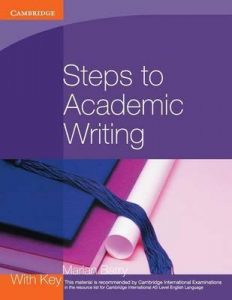 Steps to Academic Writing can be used to teach students, between the ages of 16-18 and speak English as a Second Language, how to make the transition from learning English in school to the expectations of University. Barry includes different exercises and tools in order to help students develop their academic writing skills, including writing for reports, essays, along with other formats. Steps to Academic Writing covers eight topic based units, including four units on essay-writing skills, two units on report writing, one unit on describing visual information (i.e. graphs and charts), and one unit on writing CVs and personal statements for university applications. This is an excellent resource that can be used both in the classroom or for independent study.
Steps to Academic Writing can be used to teach students, between the ages of 16-18 and speak English as a Second Language, how to make the transition from learning English in school to the expectations of University. Barry includes different exercises and tools in order to help students develop their academic writing skills, including writing for reports, essays, along with other formats. Steps to Academic Writing covers eight topic based units, including four units on essay-writing skills, two units on report writing, one unit on describing visual information (i.e. graphs and charts), and one unit on writing CVs and personal statements for university applications. This is an excellent resource that can be used both in the classroom or for independent study.
The Journey is Everything: Teaching Essays that Students Want to Write for People who Want to Read Them by Katherine Bomer
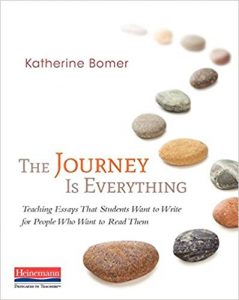 Katherine Bomer, an international writing consultant, lays out the ways in which students and aspiring academics can restore the way they understand essay writing. Sadly, many students only utilize the five paragraph essay. We all know the one—introduction, argument, argument, argument, conclusion. The Journey is Everything encourages you and your students to break away from that tired, standardized formula. Instead Bomer’s book provides students with the tools, strategies, and activities that can help them discover their own voice and can learn to structure their works organically. This is a must have book for any high school , university, or graduate student.
Katherine Bomer, an international writing consultant, lays out the ways in which students and aspiring academics can restore the way they understand essay writing. Sadly, many students only utilize the five paragraph essay. We all know the one—introduction, argument, argument, argument, conclusion. The Journey is Everything encourages you and your students to break away from that tired, standardized formula. Instead Bomer’s book provides students with the tools, strategies, and activities that can help them discover their own voice and can learn to structure their works organically. This is a must have book for any high school , university, or graduate student.
Academic Publishing: Issues and Challenges in the Construction of Knowledge by Ken Hyland
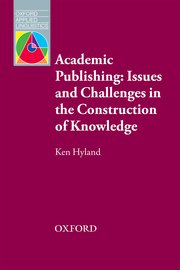 Writing for publications can be hard. There are so many different challenges that you can face over the course of trying to get your work into a publication. Ken Hyland provides an in-depth discussion of the key aspects involved in writing for academic publications. He explores issues and challenges surrounding academic publishing, including the impact of English as a global academic language, the growth of the assessment culture surrounding publications, and the emergence of Open Access and social media publishing. While a heavy topic to discuss, Hyland’s work is accessible, outlining key concepts and themes concisely and can help all aspiring academics to understand some of the challenges they might face.
Writing for publications can be hard. There are so many different challenges that you can face over the course of trying to get your work into a publication. Ken Hyland provides an in-depth discussion of the key aspects involved in writing for academic publications. He explores issues and challenges surrounding academic publishing, including the impact of English as a global academic language, the growth of the assessment culture surrounding publications, and the emergence of Open Access and social media publishing. While a heavy topic to discuss, Hyland’s work is accessible, outlining key concepts and themes concisely and can help all aspiring academics to understand some of the challenges they might face.
Publishing Journal Articles by Lucinda Becker and Pam Denicolo
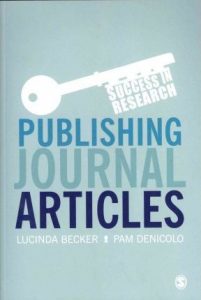 Who doesn’t get a little intimidated by the thought of getting their work published? It involves a lot of stress and a lot of time. But fear no more! Publishing Journal Articles is an accessible, informative, and entertaining book for all students. It provides practical strategies to help increase your chances of success in getting that paper published in any journal. Becker and Denicolo offer advice on several important topics, including how to write and get the style right, what to select for publication, how to cope with writer’s block, working with editors and reviewers, and more. This book is a must-have for anyone seeking professional journal publication, and the best part is you don’t even have to leave your room! This book is available online for you to read whenever and wherever you want.
Who doesn’t get a little intimidated by the thought of getting their work published? It involves a lot of stress and a lot of time. But fear no more! Publishing Journal Articles is an accessible, informative, and entertaining book for all students. It provides practical strategies to help increase your chances of success in getting that paper published in any journal. Becker and Denicolo offer advice on several important topics, including how to write and get the style right, what to select for publication, how to cope with writer’s block, working with editors and reviewers, and more. This book is a must-have for anyone seeking professional journal publication, and the best part is you don’t even have to leave your room! This book is available online for you to read whenever and wherever you want.
To check out these books and more materials about how to write academically and how to get a paper published, visit the Lobby Display in the OISE Building, across from the OISE Library entrance. Ask a staff member for help removing these items from the display case.
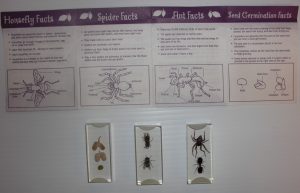 can be looked at with the naked eye, but they are also compatible with microscopes, making them ideal for study in science labs as a part of ecology and environmental study units. They are accompanied by a small informational booklet that includes interesting facts about each species and labeled diagrams of their body parts.
can be looked at with the naked eye, but they are also compatible with microscopes, making them ideal for study in science labs as a part of ecology and environmental study units. They are accompanied by a small informational booklet that includes interesting facts about each species and labeled diagrams of their body parts.





